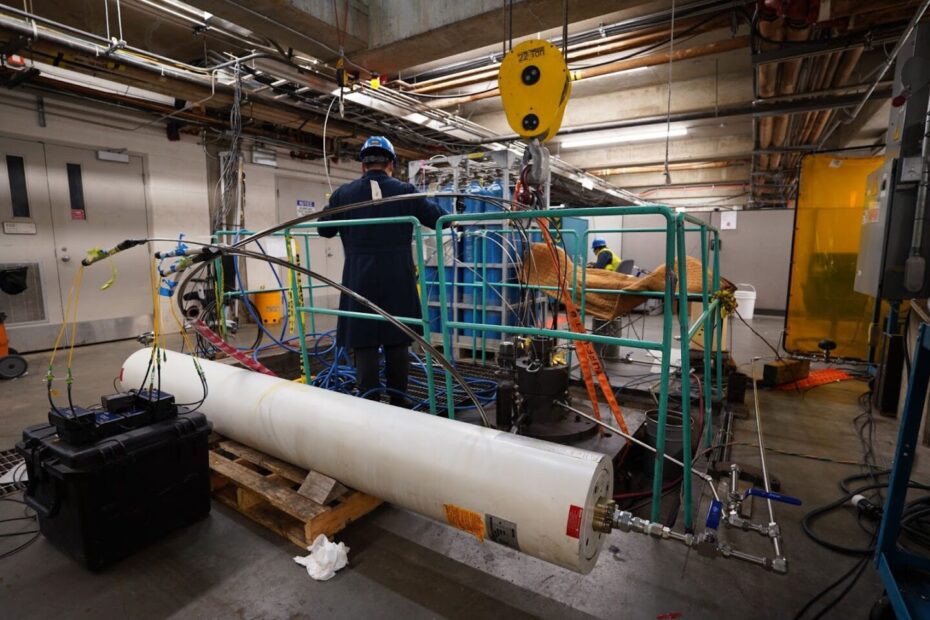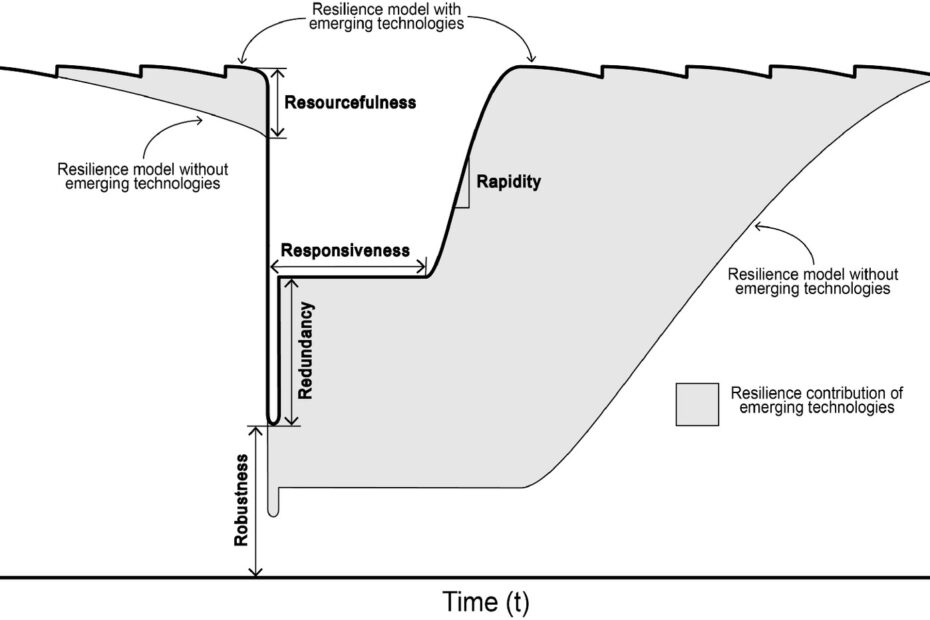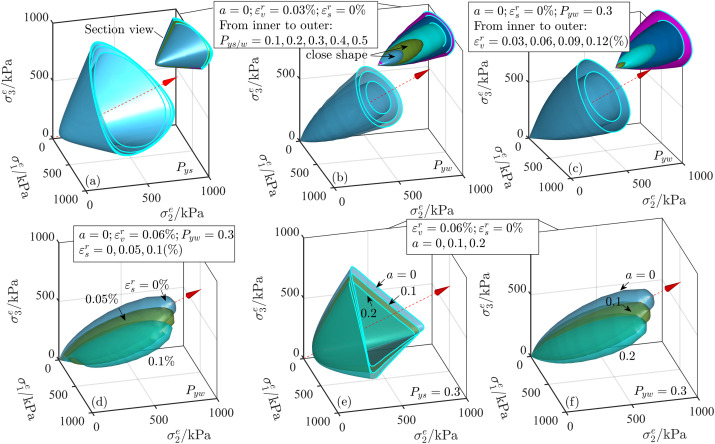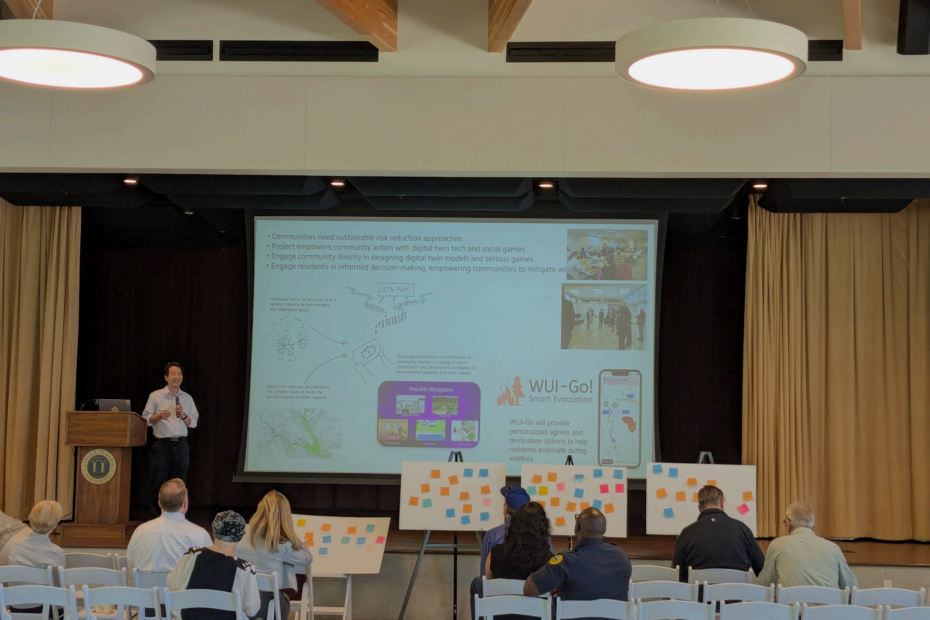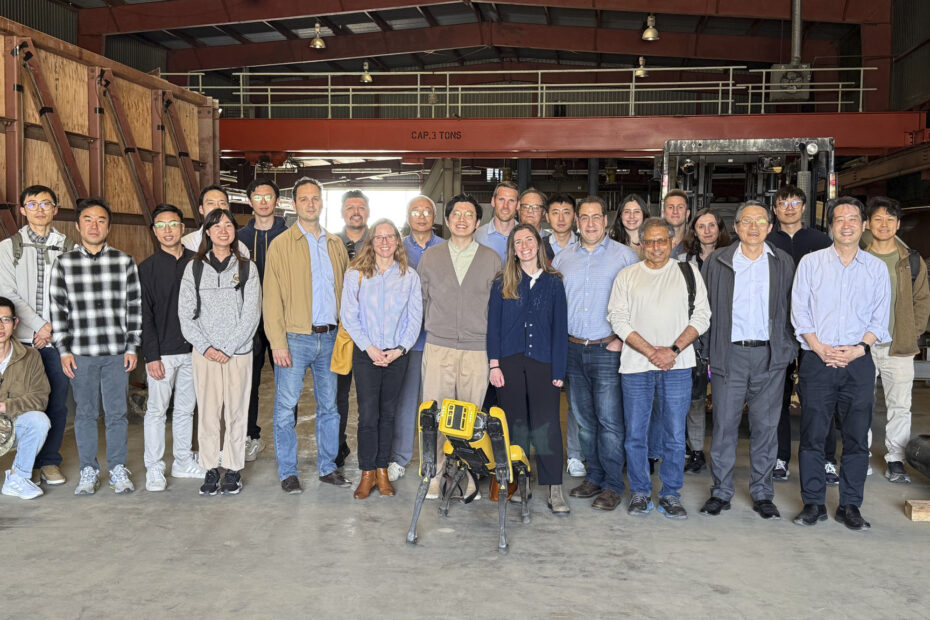CSI extends innovation partnership with EBMUD
UC Berkeley and the East Bay Municipal Utility District (EBMUD) announce a second-phase collaboration agreement to tackle infrastructure and operational challenges facing water and wastewater utilities. The Phase 2 funding of $2.8 million will build on the accomplishments of EBMUD’s initial… Read More »CSI extends innovation partnership with EBMUD

